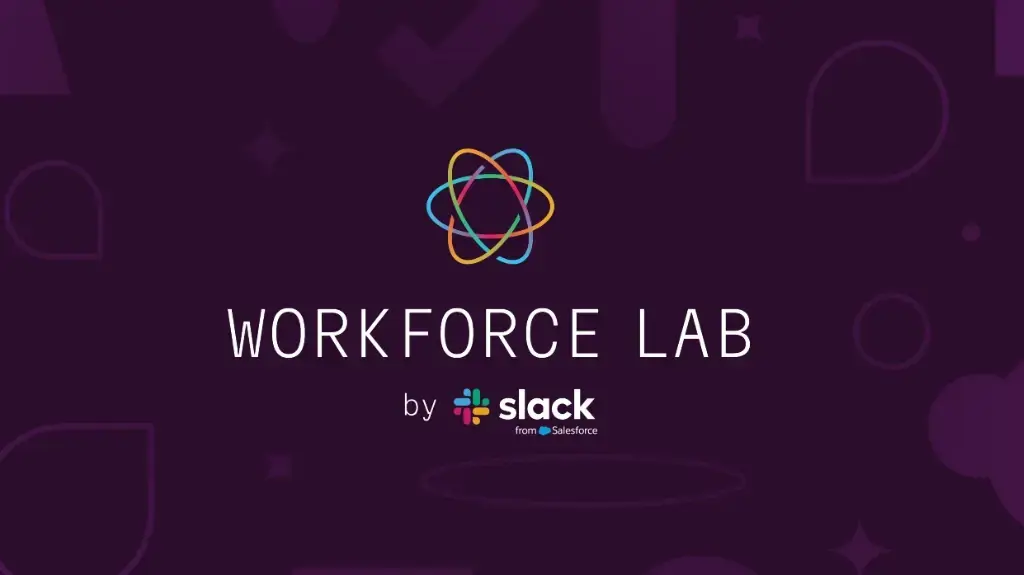The Slack HR Lab
Salesforce, the global leader in CRM and cloud technology, publishes AI research conducted in Slack's Workforce Lab, to understand how artificial intelligence will affect the world of work, who uses artificial intelligence and automation today and how these tools affect productivity in the workplace.
The research is based on a survey conducted among more than 10 thousand employees worldwide.
The study shows that the adoption of artificial intelligence tools in the workplace grew by 24% in the last quarter, with 1 in 4 employees reporting that they tried an artificial intelligence tool at work starting in January 2024, compared to 1 in 5 as of September 2023. Also, 1 in 3 Employees used automation tools in their work.
One in four employees first experimented with AI in the current quarter, and one in five did so in the previous quarter./Slack
Of those who have used AI and automation tools at work, about 80% say this technology is already improving their productivity.
The top tasks where employees see the most value from AI today are for writing assistance, workflow automation, and content summarization.
Check suitability for treatment
Israeli development: a scientific solution to body acne with over 90% success
In collaboration with Rivka Zaida Laboratories
The main uses of AI by employees: help with writing, summaries, automation of work processes, research and study./Slack
Many workers are excited about AI's potential to improve their effectiveness at work, with 42% saying they are excited by the idea of AI handling their current work tasks.
At the same time, 27% say they are actually concerned about these tools that handle common tasks in the workplace, and another 31% are neutral.
Employees' perceptions of AI are divided, where along with the enthusiasm many concerns also arise./Slack
Want to accelerate the adoption of artificial intelligence?
Start by issuing instructions for use
The majority (81%) of executives feel some urgency to incorporate artificial intelligence into their organizations, with 50% of them reporting a high degree of urgency.
And yet, the survey found that nearly half of respondents (43%) say they have not received training from their managers or organization on how to use AI tools at work.
Lack of training may prevent employees from experimenting with AI.
Employees at companies that have defined AI guidelines are nearly six times more likely to have tried AI tools, compared to employees whose companies have no guidelines for using AI.
Even employees in companies whose usage guidelines limit the use of artificial intelligence are more likely to experiment with artificial intelligence tools compared to employees in companies that do not have guidelines regarding the use of artificial intelligence.
"The vast majority of people using AI and automation are already starting to feel the productivity gains," says Christina Janzer, senior vice president of research and analytics at Slack and head of Slack's workforce lab.
"But the data suggests that not providing guidance or policy around AI may prevent your employees from trying it. If you're looking to prepare your workforce for the AI revolution, you need to start by providing guidance on how AI can be used at work."
The Managers' Perspective: Common Hopes and Concerns
The main benefits that managers most expect from the integration of AI in business activities are: increased efficiency and productivity of employees (38%), data-driven decision making (35%), innovation of products and services (34%), cost reduction (33%), increased focus on strategy over routine tasks (27%) and improved customer experience (18%).
So what prevents executives from adopting artificial intelligence?
Top two concerns: data security and privacy, with more than 2 in 5 executives citing this as a significant concern, followed by a lack of trust in the accuracy and reliability of AI output.
The main concerns of managers regarding the integration of artificial intelligence in business activities are: information security and privacy (44%), reliability and accuracy of artificial intelligence (36%), lack of expertise and skills gap among the staff (25%), ethical and compliance issues (17%), trust and acceptance customers (17%) and implementation and maintenance cost (16%).
Obvious opportunity: using artificial intelligence and automation to reduce "labor work"
On average, employees report that they spend 41% of their time at work on tasks that are "low value, repetitive, or lack significant contribution to their core job functions."
And the more time employees spend on low-value work, the more excited they are for AI and automation to handle tasks from their current job.
"We all have tasks to complete that are not part of our job description but are necessary to keep things running smoothly. It's the 'work of the job,'" Janzer says.
"But if the average worker spends two full days each week on this 'work job,' that's a problem—and an opportunity. At this pivotal moment, implementing AI and automation tools that are trusted, intuitive, and embedded in the workflow is key to recalibrating the energy at work toward the activities that will move the needle ."
More on the same topic:
Personnel
AI
Administrators
Research

